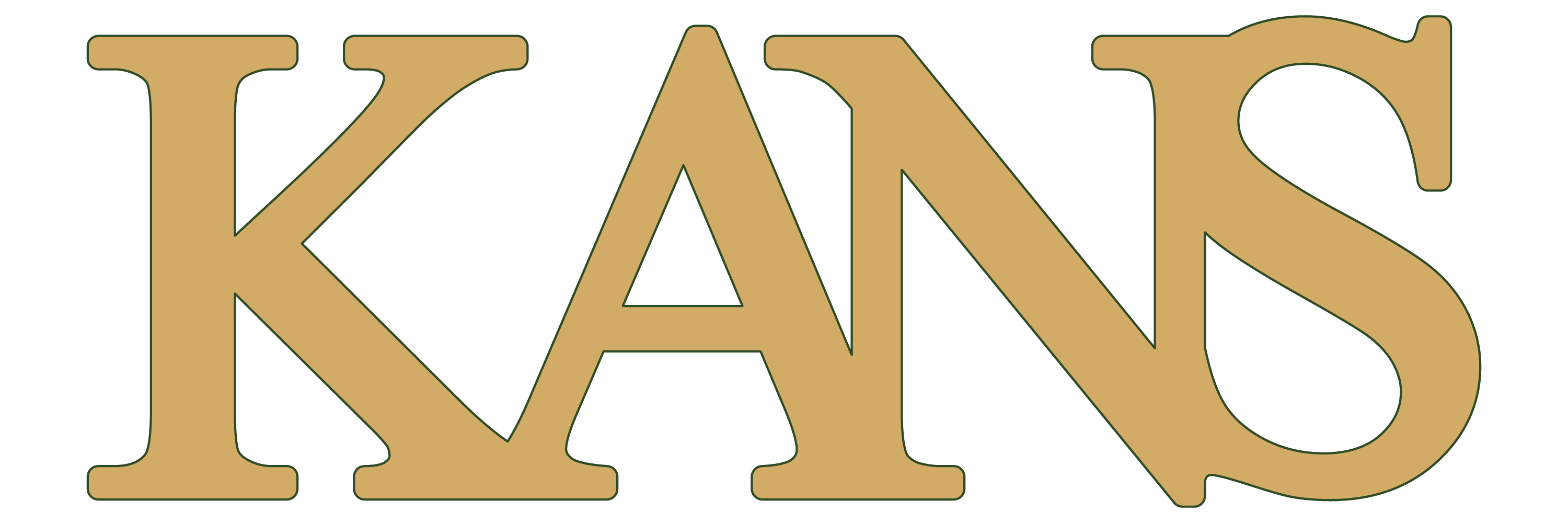Specifications of the produced DRI in direct reduction process will affect the downstream process (steelmaking in EAF). Energy and refractory consumption in the EAF will increase, if iron and carbon content of the DRI are not uniform. Since real-time controlling of the process is not feasible, a computer model that predicts the chemical composition of the DRI based on the process parameters and would be able to suggest the optimum operational parameters to make the product as uniform as possible could be extremely beneficial. Due to complex physics of iron reduction and governing equations, utilizing artificial intelligence solutions such as ANN can result in more precise and usable data.
The Challenge:
Utilizing neural networks algorithms to predict the direct reduction process and suggesting the optimum operational parameters to make the metallization and carbon content of the DRI as uniform as possible.

Iran’s National Elites Foundation
Islamic Republic of Iran
